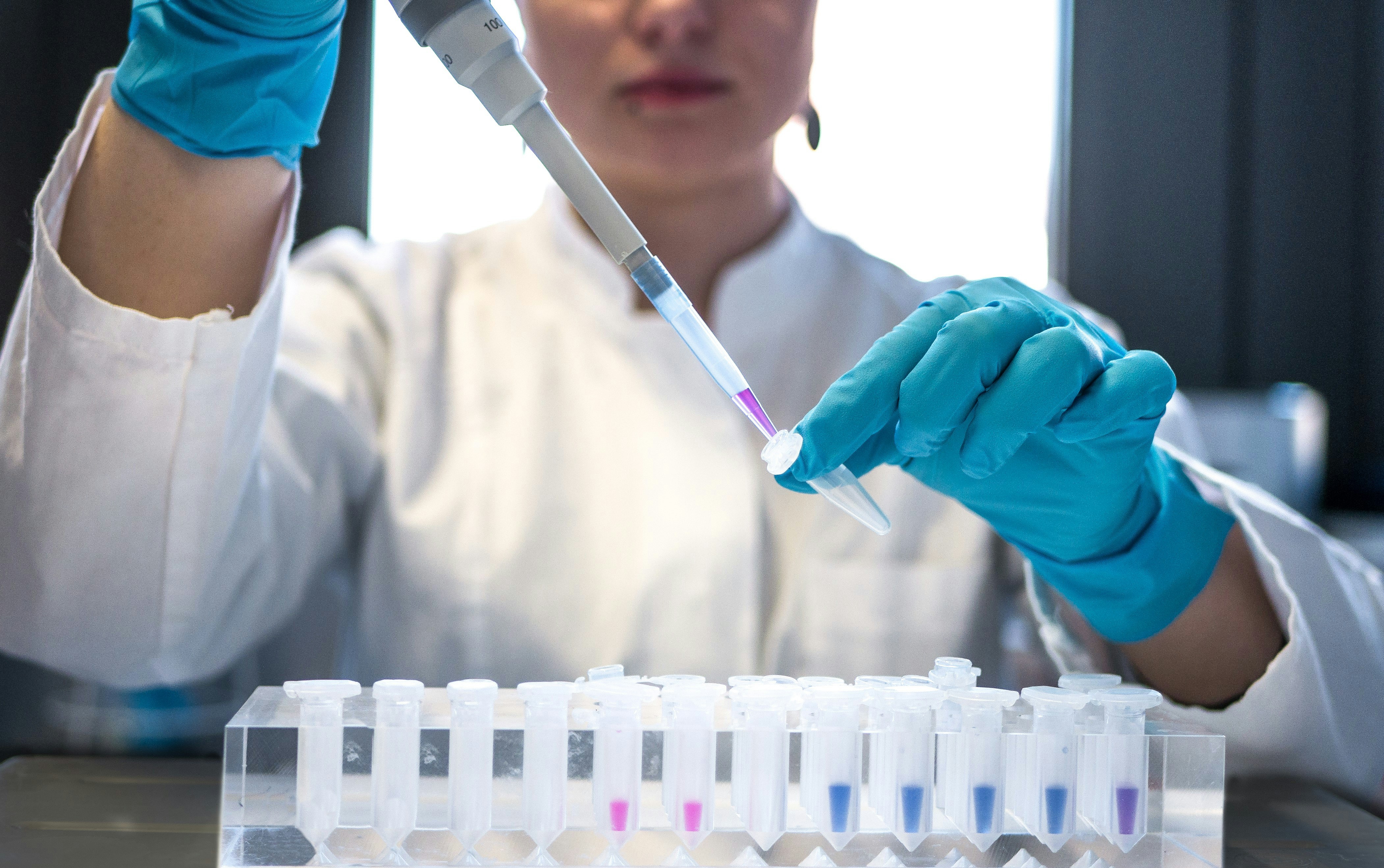The article examines the experiences and interactions of pregnant and postpartum women with the health system in post-Doi Moi Vietnam.
This research introduces APAH, an innovative IoT-based autonomous real-time monitoring system designed for industrial wastewater management, particularly in developing countries like India. By integrating multi-parameter sensors and advanced technologies such as machine learning, APAH continuously tracks key water quality metrics and enables timely interventions through automated controls and alerts, demonstrating significant improvements in water quality at industrial treatment plants in Maharashtra.
The Elsevier Foundation Chemistry for Climate Action Challenge is a collaboration between the Elsevier Foundation, a non-profit focused on inclusive research and health funded by Elsevier and Elsevier's Chemistry journals. The Challenge represents a commitment from Elsevier to uncover practical, scalable solutions to specific issues caused by climate change in global South communities thereby advancing both Climate Action (SDG13) and Gender Equity (SDG5).

